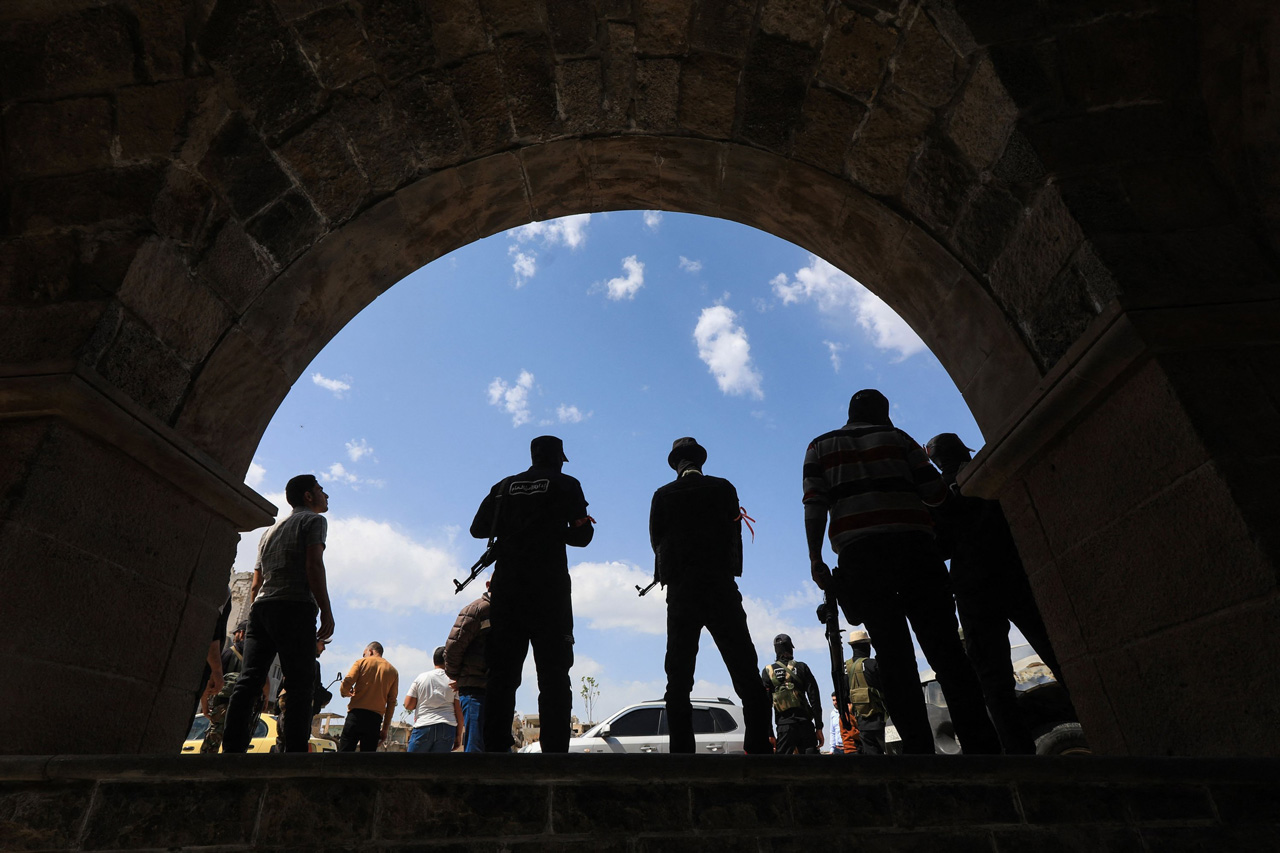During the modern history of the Syrian state, Syrians themselves have only had obligations, never choices. When Bilad al-Sham was put under French mandate in the wake of World War I, Syrians had no choice about the matter. Similarly, Syrians had no alternative but to endure successive military coups from 1949 to 1970. In the wake of the 1963 March Revolution, when Hafez al-Assad led a coup referred to as the ‘Corrective Movement’ (Tashih Devrimi) in 1970 and established an autocracy incompatible with the social fabric in the country and again when Bashar al-Assad succeeded his father, the Syrian people remained silent.
Though the Syrian people have been under pressure from obligations during the revolution process, they have begun to voice their primary choice: a political system shaped by the legitimacy of the Syrian people. Syrians had, to a limited extent, expressed this desire during the struggle which culminated in the Hama massacre in 1982, during Syria’s “false spring” when Bashar al-Assad came to power, and in the 2005 Damascus Declaration. This choice has spread across Syria since March 2011, becoming ungovernable, contrary to previous attempts.
Much analysis of the Syrian revolution, unfortunately, lacks chronological order. Therefore, it is difficult to understand the nature and the development of the revolution, people’s choices and obligations. This, in turn, contributes to the Syrian information war.
At this point, it is worth mentioning Syrian people’s obligations during the revolution period.
Assad did not have legitimacy anyway!
To begin with, Assad and his supporters did not seize power with a mandate from the people. Therefore, it is quite absurd to question the legitimacy of the revolutionary movement because the regime itself does not have legitimacy in the eyes of people—it survives by imposing obligations. As a result, it is normal that people are willing to reclaim the legitimacy that they did not grant to the Assad regime.
When children in Daraa chose to write on the walls on the 15th of March, the families of the tortured children were obliged to gather in front of the police station for the release of their children. Likewise, protests broke out because of obligation rather than choice after security forces opened fire on the crowd in front of the police station.
Regime-led violence increased as protests spread throughout the country, thus creating peaceful revolutionaries out of peaceful protesters. Those who had once demanded reform now called for the demolition of the regime. Then it was clearly seen that the regime would not implement any reforms that would threaten the regime’s existence and control. At this point, the demolition of the regime became an obligation for Syrian people desiring a dignified life.
The transformation of peaceful protesters into armed revolutionaries was triggered not by choice, but by necessity and obligation. Massacres—which began in Homs, Idlib, and Hama, and spread across the country and now continue in Aleppo—caused people to establish armed groups in order to protect vulnerable civilians. In other words, the Assad regime turned some of the peaceful revolutionaries into armed groups by force.
Iran-phobia: a reason or an outcome?
During this period, obligations rather than choices shaped the revolutionaries’ opinion of countries in the region. For instance, Syrian revolutionaries felt close to Turkey and Qatar because these countries backed the opposition while they considered Iran an enemy because Iran first aided the Assad regime in suppressing protests then actively hunted the revolutionaries. In other words, the Syrian opposition feels antipathy to Iran not due to different political opinions and sectarian backgrounds but because Iran provides clear support for the Syrian regime.
Foreign fighters who have recently received wide media coverage did not come to Syria upon the invitation of the opposition.







